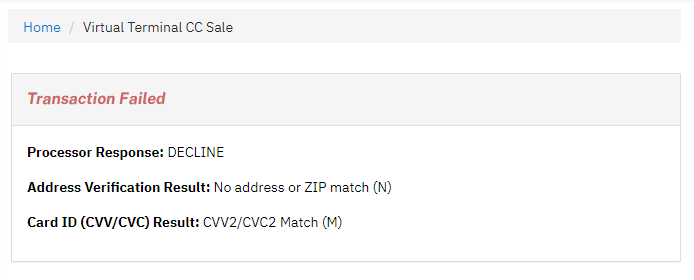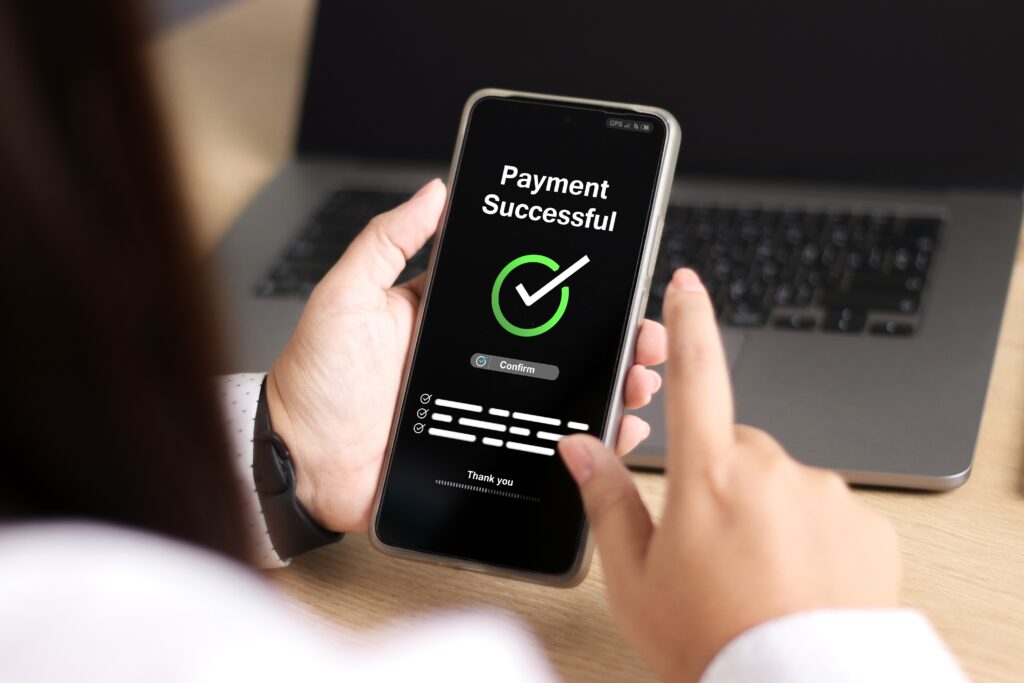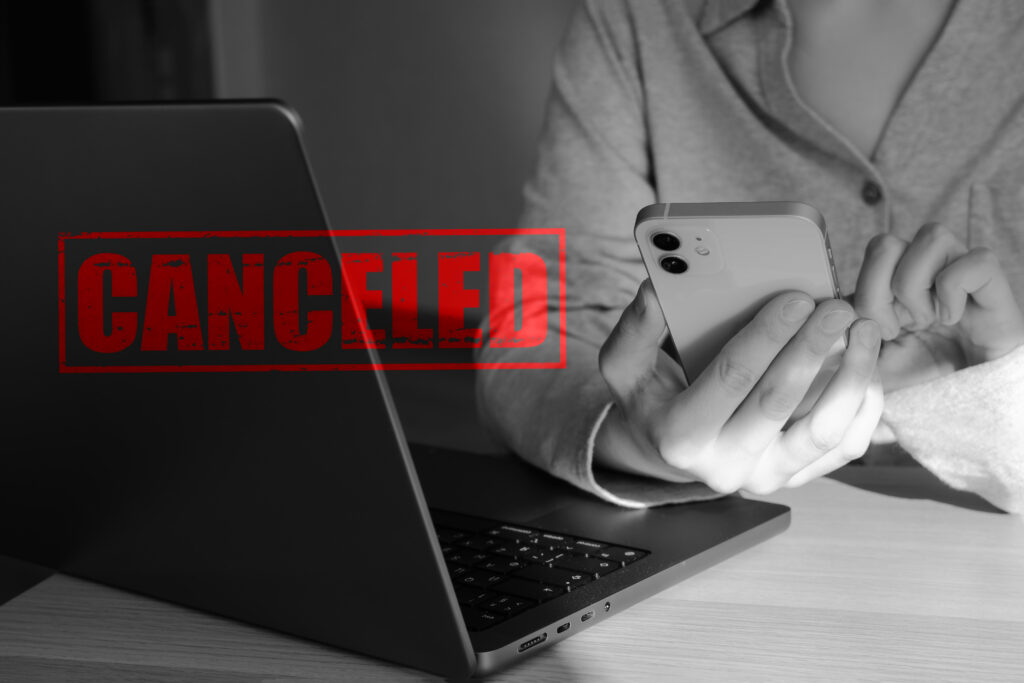NMI (Network Merchants, LLC) is a powerful payment gateway that merchants use to accept credit card payments online and in-store. Its integrations and transaction details are valuable resources for businesses because when a transaction fails, it’s the response code that tells you why. Understanding these codes can help you reduce failed payments, improve the checkout experience, and protect against fraud.
What Are NMI Response Codes?

Each time a customer attempts a transaction, NMI sends back a response code. These codes tell you whether the payment was approved or declined, and why. Some codes signal a simple fix (like the address not matching), and others point to fraud risks or deeper problems with your configurations. Learning to interpret these codes can prevent errors and help resolve issues faster by avoiding unnecessary support tickets.
Approval Code (100)

For daily transactions, an approval code is the only one you want to see. No further action is needed once this response is returned.
| Code | Status | Description |
| 100 | Approved | The payment was successful. You can proceed with fulfillment. |
Common Decline Codes (200s)

Decline codes indicate a failed payment. The issue could be with the customer’s card, their bank, or your payment gateway integration.
| Code | Status | Description |
| 200 | Declined by Processor | Generic decline. Ask the customer to contact their bank. |
| 201 | Do Not Honor | Issuer refused to authorize. Recommend using a different card. |
| 202 | Insufficient Funds | Ask the customer to try another payment method. |
| 203 | Over Limit | Card limit exceeded. Suggest alternative payment. |
| 204 | Transaction Not Allowed | The card issuer has restricted the transaction type or merchant category. |
| 220 | Incorrect Payment Information. | The card number, expiration date, or other payment data was entered incorrectly. |
| 221 | No Such Card Issuer. | The first six digits of the card (BIN) do not match any known issuer. |
| 223 | Expired Card | Request updated card info. |
| 224 | Invalid Expiration Date. | The expiration date is invalid or formatted incorrectly. |
| 225 | Invalid CVV | Ask the customer to recheck the CVV. |
| 226 | Invalid PIN. | The entered PIN was incorrect. |
| 240 | Call Issuer for Further Information. | The card issuer requires the customer to contact them before the transaction can proceed. |
| 250 | Pick Up Card | High-risk. Card may be lost or stolen. Do not retry. |
| 251 | Lost card. | The card has been reported lost by the customer. Do not retry. |
| 252 | Stolen card. | The card has been reported stolen. Treat as a fraud risk. |
| 253 | Fraudulent Card | Treat as fraud. Block the card and log the attempt. |
| 260 | Retry Instructions | Retry later or follow gateway instructions. |
| 261 | Declined-Stop All Recurring Payments. | The issuer has blocked all recurring payments from this card. |
| 262 | Declined-Stop This Recurring Program | The cardholder requested a stop on a recurring charge. |
| 263 | Declined Update Cardholder Data Available. | Updated billing details are available from the issuer. |
| 264 | Declined Retry in a Few Days. | A temporary issue with the card or account. |
These codes usually come from the card issuing bank. If you suspect fraud, avoid retrying cards that are marked as lost or stolen.
Gateway Error Codes (300 – 400s)

Some response codes point to errors with your merchant account or payment gateway configuration.
| Code | Status | Description |
| 300 | Rejected by Gateway | Review gateway or processor settings. |
| 400 | Transaction Error | May need to retry or contact gateway support. |
| 410 | Invalid Merchant Configuration | Check configuration details or credentials. |
| 411 | Merchant Account is Inactive. | The MID is inactive, terminated, or not yet fully approved. |
| 420 | Communication Error. | Gateway could not reach the card issuer. |
| 421 | Communication Error with Issuer. | Issuer network is temporarily unavailable. |
| 430 | Duplicate Transaction | Avoid submitting identical payments back-to-back. |
| 440 | Format Error | Transaction data is incorrectly structured. |
| 441 | Invalid Transaction Information. | One or more required fields are missing or invalid. |
| 460 | Feature Not Enabled | The requested feature is not supported. |
| 461 | Unsupported Card Type | Your setup may not accept this card brand. |
How to Use Response Codes

Response codes are more than error messages. They help you:
- Understand what caused a failed transaction
- Train support teams to assist customers
- Reduce chargebacks by flagging risky behavior
- Create better checkout flows with smart prompts
- Identify technical issues before they impact your revenue
Regularly reviewing these codes and your transaction details can help you recover lost sales and reduce payment processing challenges.
Best Practices for Merchants

Here are a few tips to keep your transactions flowing smoothly:
- Make sure your payment gateway is properly configured
- Monitor recurring decline codes to find patterns
- Offer alternative payment methods like cash, ACH, or debit cards
- Only retry a card when the response code allows it (never for fraud or pick up card errors)
If you are working in a high-risk industry or with a subscription model, response code management is even more important.
How AllayPay Helps You Stay Ahead

We work with NMI and other top payment gateways to support businesses of all types in every industry. We help you set up gateway integrations, so you can process transactions smoothly and fine tune your velocity filters to prevent card declines or account closures that affect your cash flow.
We provide payment solutions and act as your payment processing partner, guiding you through every step as we troubleshoot or plan new integrations.
Need help managing NMI response codes? Contact us today and one of our specialists will audit your current setup and explain how we can protect your business from transaction issues





